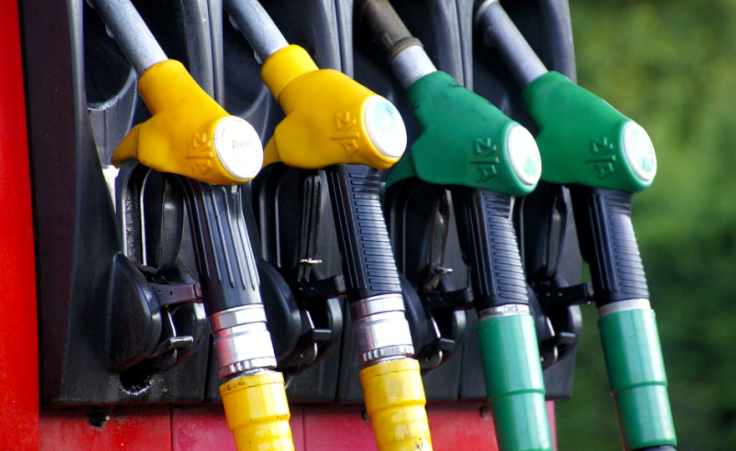Average US gasoline prices are likely to retreat from their historic peak and drop below $4 per gallon by October, an analyst has said. The projection is based on the assumption that crude oil prices remain at the current levels. If gas prices drop to these levels, the inflationary pressure on the US economy will ease significantly, and economic growth prospects will look stronger.
Reason for Optimism
"If the oil market stayed at these levels, we could see the national retail gas price go below $4 per gallon by late October," Andy Lipow of Lipow Oil Associates said, according to Yahoo Finance.

"That is a long time from now and in between we have a Hurricane season and we have yet to see the impact of the European Union phased in ban of Russian oil purchases. But there is some reason for optimism," Lipow added.
In early June, US gasoline prices shot through the sensitive barrier of $5 per gallon, even as the country is reeling from high levels of inflation. It was the first time in history that the national average gasoline price has crossed the $5 mark. In some states, gasoline prices even crossed the $6 mark.
Demand Destruction
Analysts had warned that excessively high levels of gasoline prices will cause demand destruction. "The $5 level is where we could see very heavy amounts of gasoline demand destruction," Reid L'Anson, senior economist at Kpler, told Reuters.

According to economists, crude prices will eventually start falling if US gasoline prices remain above $5 for a longer period. That is because the scenario known as demand destruction will set in, effectively killing the demand for the commodity whose prices have remained elevated.
"I expect that trend to continue as the consumer wrestles with high prices. A 5% decline in gasoline consumption is a significant amount—it is about 400,000 barrels per day. I think we keep in mind that a fair amount of people are now working from home compared to pre pandemic 2019 and that is permanent demand destruction," Lipow explained.
Oil Company Profits
Companies are anticipating this, and are, hence, holding off on making large investments into capacity building for the future. Meanwhile, oil companies have recorded strong profits as gas prices have remained high. Oil giant Shell reported record quarterly profits in May, while Chevron Corp and BP have also reported their best performance in about ten years.
On Friday, the US West Texas Intermediary crude was trading at $96.70, while Brent was trading at $104.80 per barrel. Crude prices have been range-bound in the last several days as recession fears were stronger than the supply uncertainties created by the Russia-Ukraine conflict.









